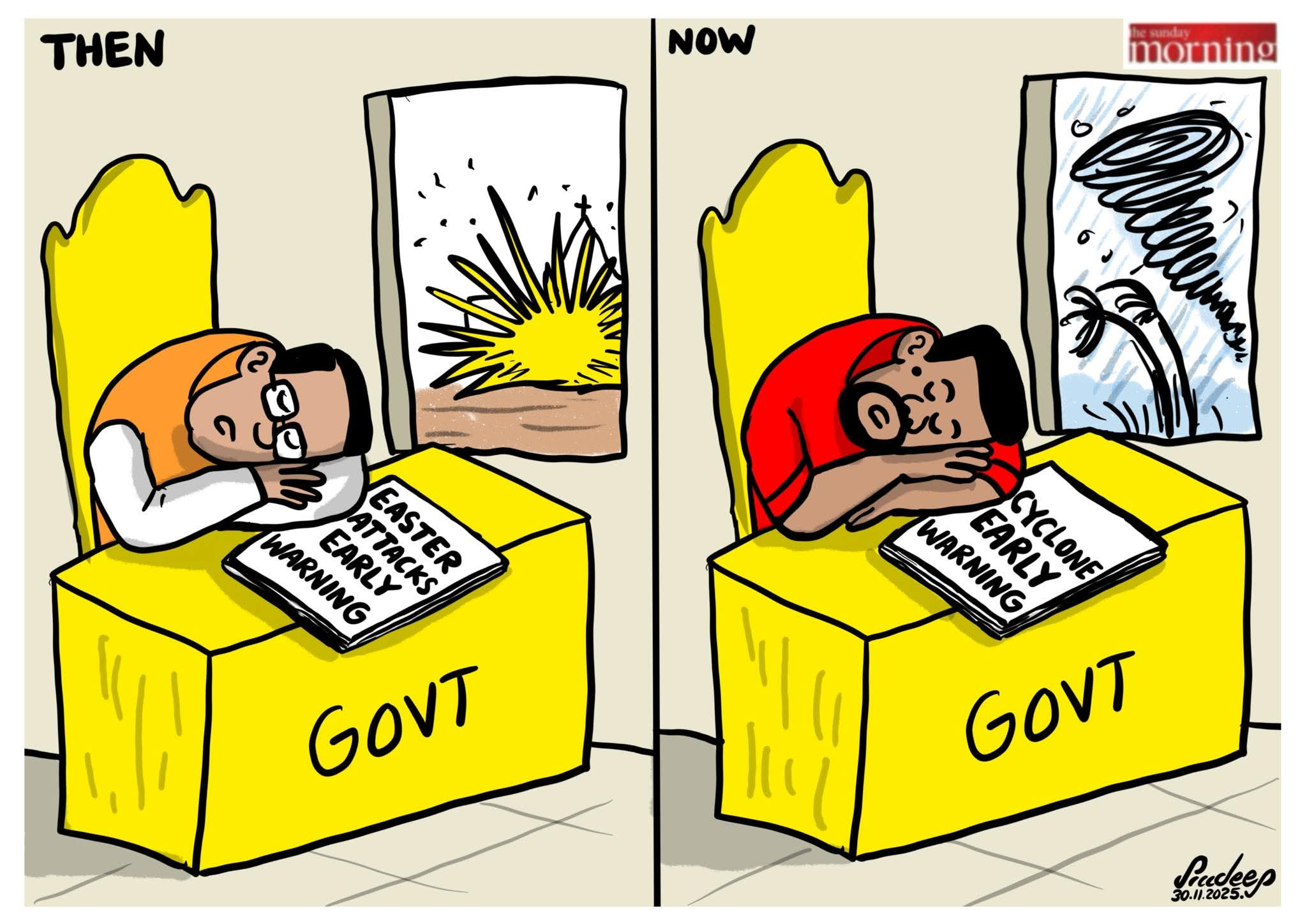The end of American world order

AP UNIPOLAR TO MULTIPLEX: Encouraging institutions like G20 would lead to stability of the multiplex world. Picture shows U.S. President Barack Obama at the G20 summit in South Korea in 2010.
Domestic critics in America blame the Russian annexation of Crimea on Obama’s weak foreign policy. Republican Senator John McCain calls Obama the “most naive [U.S.] president in history.” But outside the beltway, a different perception is rapidly emerging, which sees Ukraine not so much a failure of Obama’s foreign policy, but as a sign of general U.S. decline. As Maleeha Lodhi, a former Pakistani ambassador to the U.S. says: “Much of this criticism [of Obama] shows wilful ignorance of the limits of U.S. power in a transformed international environment where no single state is able to achieve outcomes by itself or prevail over others, even by using overwhelming hard power.”
In his January 2012 State of the Union address, U.S. President Barack Obama asserted that that “anyone who tells you that America is in decline or that our influence has waned doesn’t know what they’re talking about.” But in a December 2012 report, the U.S. National Intelligence Council argued that while America will remain the “first among equals with the rapid rise of other countries…the era of American ascendancy in international politics that began in 1945 is fast winding down.” Ukraine offers further evidence of that.
Rising powers
And the report of the World Bank-supported International Comparison Program — that China is set to overtake the U.S. with India coming third by the end of this year — sends the same message. It means that for the first time since World War II, the leading military power is not the largest global economy.
Perhaps the most important lesson of Ukraine is that U.S. cannot co-opt the rising powers to support its own strategic vision and approach. In his influential 2010 book, Liberal Leviathan, American political scientist John Ikenberry argues that whether America is in decline or not, the liberal world order it had created and dominated since World War II would persist and might even co-opt its main challengers including China. As he put it, “The rise of non-Western powers and the growth of economic and security interdependence are creating new constituencies and pressures for liberal international order.”
But Ukraine shows the limits of this argument. Not only did Russia threw a frontal challenge to the U.S. and NATO, but the rest of the BRICS (Brazil, Russia, India, China and South Africa) abstained in the U.N. General Assembly resolution rejecting Crimean referendum that formed the basis of Russian annexation of Crimea. Russia regarded this as a victory.
The message is clear and simple. Just because these rising powers have benefitted from the American-dominated international order does not mean they would leave it intact and follow America’s lead.
Initial hints are that the new Modi government in India might see New Delhi pursuing a more assertive foreign policy point in the same direction.
An important question is what comes after the unipolar moment? The conventional wisdom has been that we are entering a multipolar world. A few have predicted a U.S.-China bipolar order. But the emerging world order is likely to be neither bipolar nor multipolar, but a multiplex world order.
The multiplex world implies a world of multiple great and regional powers bound together in complex forms of interdependence. It can also be likened to a multiplex theatre in which one can see a variety of shows, directors and actors under one roof.
In a multiplex world, while the U.S. will remain a major force in world affairs, it would lack the ability to shape world order after its own interests and image. As a result, the U.S. will be one of a number of anchors including emerging powers, regional forces, and a concert of the old and new powers shaping a new world order.
Will the multiplex world be less stable than the unipolar moment or America’s hegemony in world affairs? No one can predict the future. The Economist magazine bemoans the loss of U.S. authority as a “decline of deterrence,” implying that it will embolden America’s enemies and demoralise its allies. But America had plenty of enemies and the American-led global deterrence failed to prevent rise of powerful enemies such as the al-Qaeda terrorist network.
At the same time, it is important not to dismiss new ways of ensuring stability available to America and the rising powers.
Global interdependence
One crucial difference between the multipolar world of the 19th Century and the multiplex world of the future is the huge growth of global interdependence. European interdependence in the 19th Century was mainly based on trade but was undermined by competitive search for foreign colonies by the major European nations. Today’s global interdependence is both broader and deeper, covering not only trade, but also finance, production networks and global economic arrangements that did not exist then.
Stability of a multiplex would require new forms of international cooperation where leadership is shared rather than monopolised by a single nation. This would require meaningful reform of global institutions and encouraging more institutions like G20. Also crucial are regional mechanisms for peace and stability.
To maintain stability and its own influence, the U.S. would need to share power. General Martin Dempsey, Chairman of the U.S. Joint Chiefs of Staff, has said in a recent interview that in the changing international strategic environment, the U.S. would find increasingly “harder to articulate the proper use of military power” and have to rely less on direct military action and more on “building partnership capacity and enabling other actors.” This is more in keeping with the onset of the multiplex world.
(Amitav Acharya is professor of international relations at American University, Washington D.C. and author of the new book, The End of American World Order (Polity).
953 Viewers








